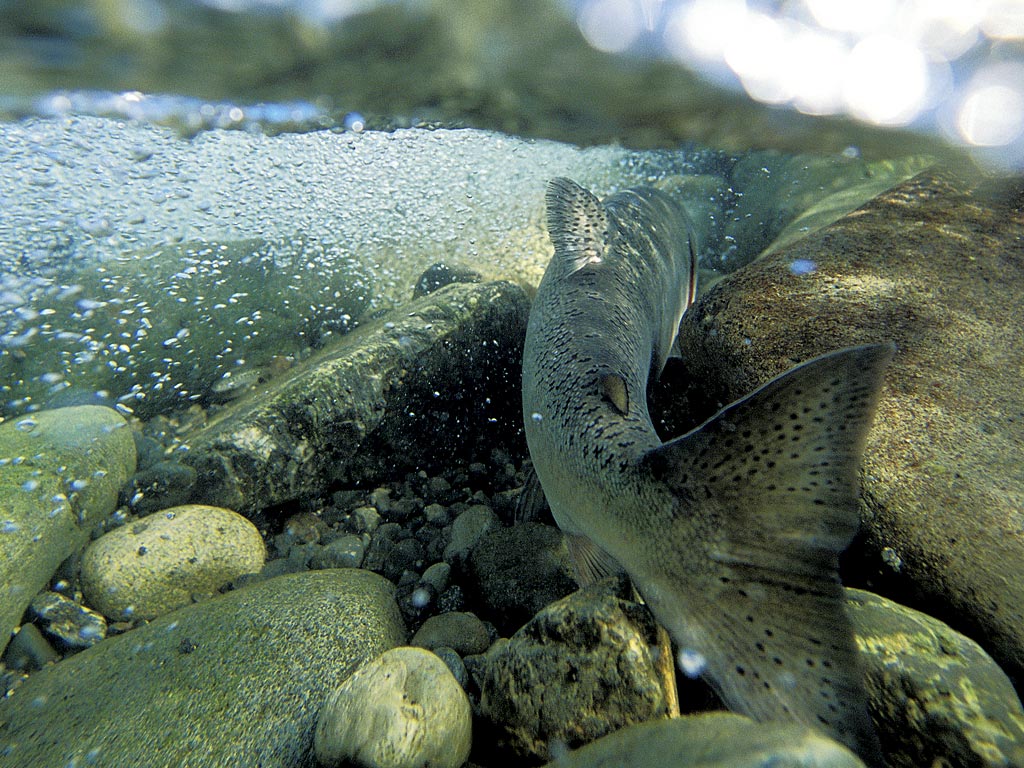
California faces a daunting and fundamental challenge with respect to many of its rivers and streams. Most don’t have nearly enough water flowing through them. Some are completely dried up and others are too shallow and warm to support fish and wildlife or popular activities like rafting and paddling. As we look ahead to a hotter and dryer future, it is essential that we use every tool we have to restore our rivers so that they are healthy and flowing. Our salmon runs, river communities, quality of life, and economy depend on it.
In the coming months and years, the state will spend hundreds of millions of dollars on market-based water deals—or environmental water transactions—designed to keep water in streams. This is a huge opportunity, but currently, there aren’t clear standards to evaluate the impact of these projects through a financial lens. As more Proposition 1 funds become available for this kind of work, we want to make sure that every dollar of taxpayer money invested in stream flow restoration projects is being spent wisely.
That is why California Coastkeeper Alliance and Klamath Riverkeeper have worked with Ecosystem Economics and AMP Insights to develop a new metric to measure the cost effectiveness of environmental water transactions. Our report includes a survey of past projects and a recommendation that California start to evaluate all environmental water transactions on a cost-per-acre-foot basis. We hope that this work can help agencies, practitioners and NGOs maximize our return on investments in California water projects to make best use of limited funds for rivers and streams in dire need of action.
Read the report summary Investing in Our Rivers, or download the full report Measuring Cost-Effectiveness of Environmental Water Transactions.

Communications Consultant Lola Dvorak supports CCKA’s strategic communications by helping waterkeepers tell their stories.



